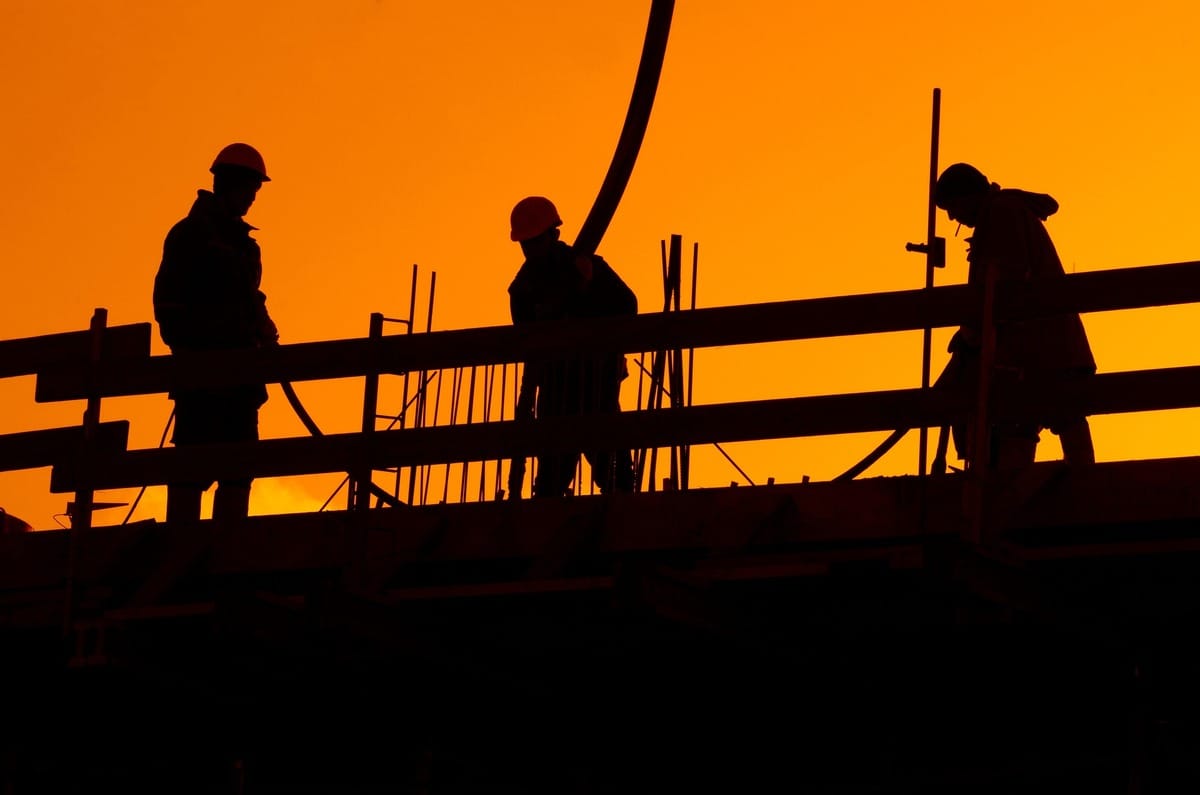- Full Brim Safety
- Posts
- First Aid for Common Construction Injuries
First Aid for Common Construction Injuries
Full Brim Safety: Build Smart, Build Safe

First Aid for Common Construction Injuries
Welcome back, let's Build Smart & Build Safe! Yesterday, we covered the critical response sequence. Today, we'll focus on the immediate actions for the most common injuries encountered on a construction site.
This information is not a substitute for formal first aid training, but it covers the crucial actions you can take while professional help is on the way.
Treating Common Site Injuries
Before giving any first aid - ALWAYS PROTECT YOURSELF - Use barrier devices such as medical exam glove to protect yourself from bloodborne pathogens!
Lacerations (Cuts) & Bleeding:
Control Bleeding: The first priority is to stop severe bleeding. Place a clean cloth, bandage, or sterile gauze directly onto the wound.
Apply Pressure: Apply firm, steady pressure. If the blood soaks through the material, do not remove it; simply add more material and continue pressure.
Elevate: If possible, elevate the injured limb above the level of the heart to slow the bleeding.
Burns (Thermal or Electrical):
Cool the Area: Immediately cool the burn with cool (not cold or ice) running water for at least 10–20 minutes. This stops the burning process and reduces pain.
Remove Jewelry/Clothing: Gently remove any jewelry or clothing from the burned area before swelling begins, unless the clothing is stuck to the skin.
Do NOT: Apply butter, oils, or powders to a severe burn.
Foreign Object in the Eye:
Do NOT Rub: Rubbing the eye can scratch the cornea and cause permanent damage.
Flush the Eye: Use a dedicated eyewash station or clean, running water to gently flush the eye for 15 minutes.
Embedded Object: If the object is large or embedded in the eye, do not attempt to remove it. Cover the eye loosely with a clean cloth or eye shield and seek immediate medical attention.
Always remember the sequence: Assess, Alert, Aid. If an injury is severe, immediate professional medical attention is always required.
Tomorrow, we'll cover the life-saving importance of AEDs.
Please share us with your friends for a daily dose of construction safety tips!
-The Safety Man
